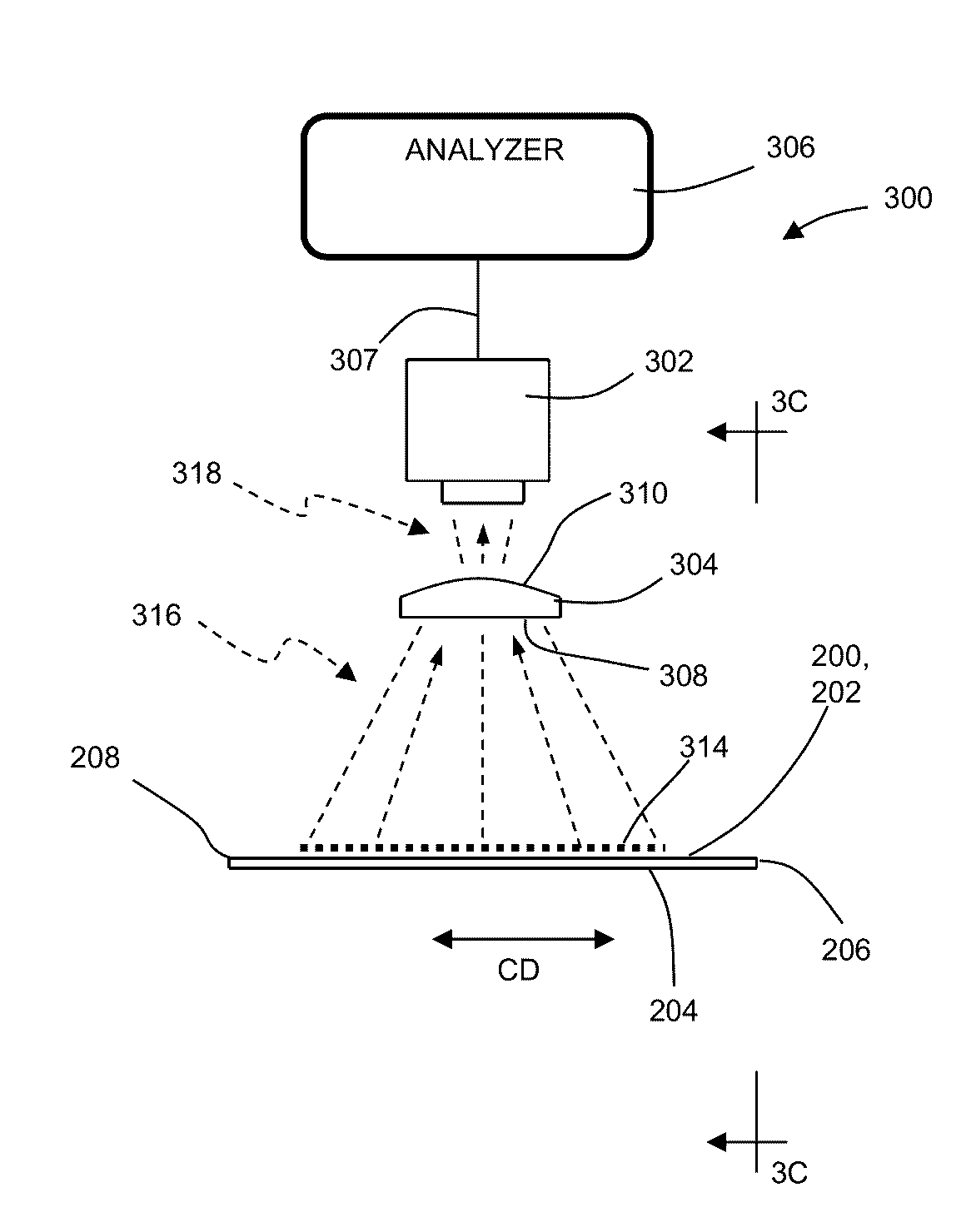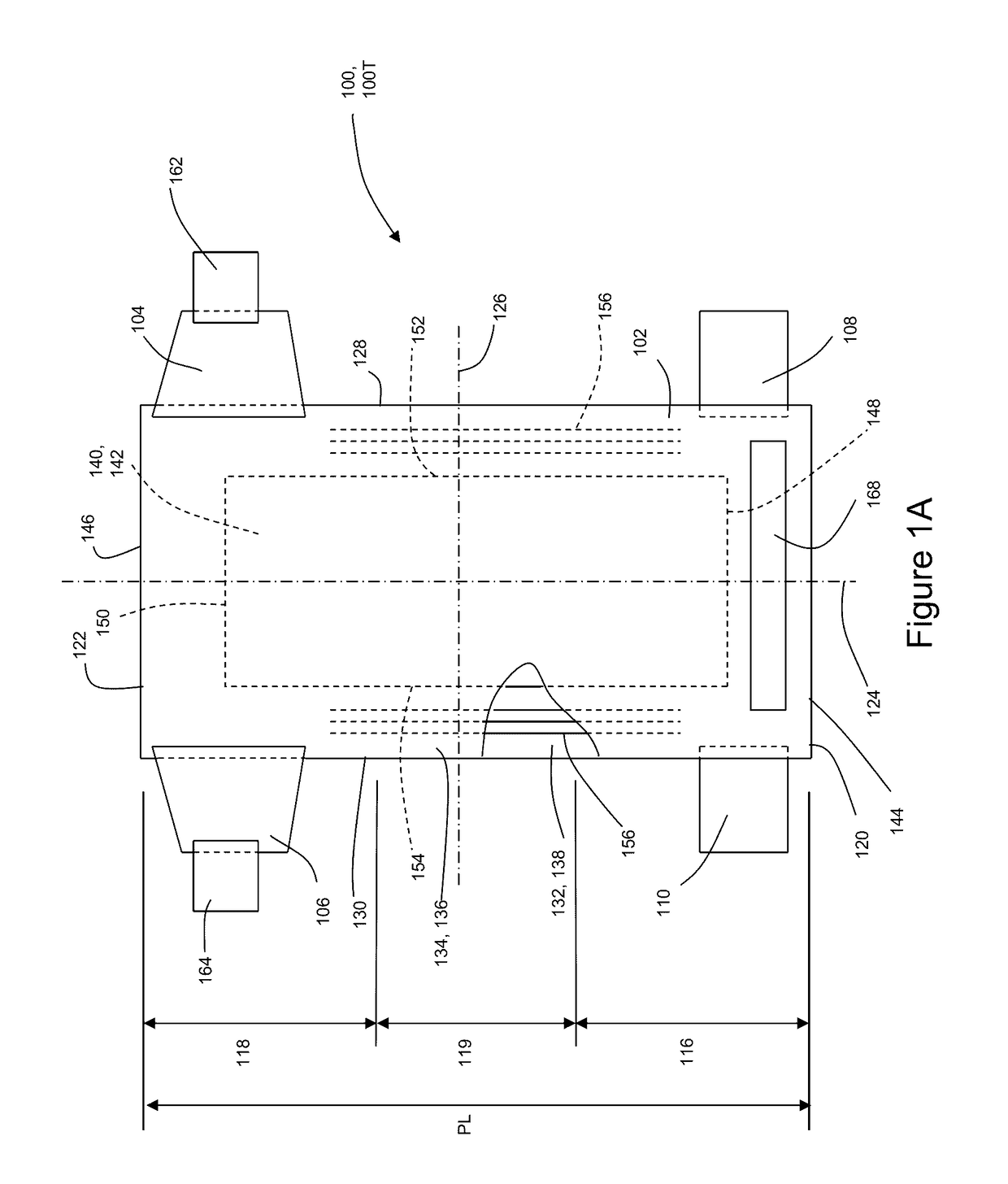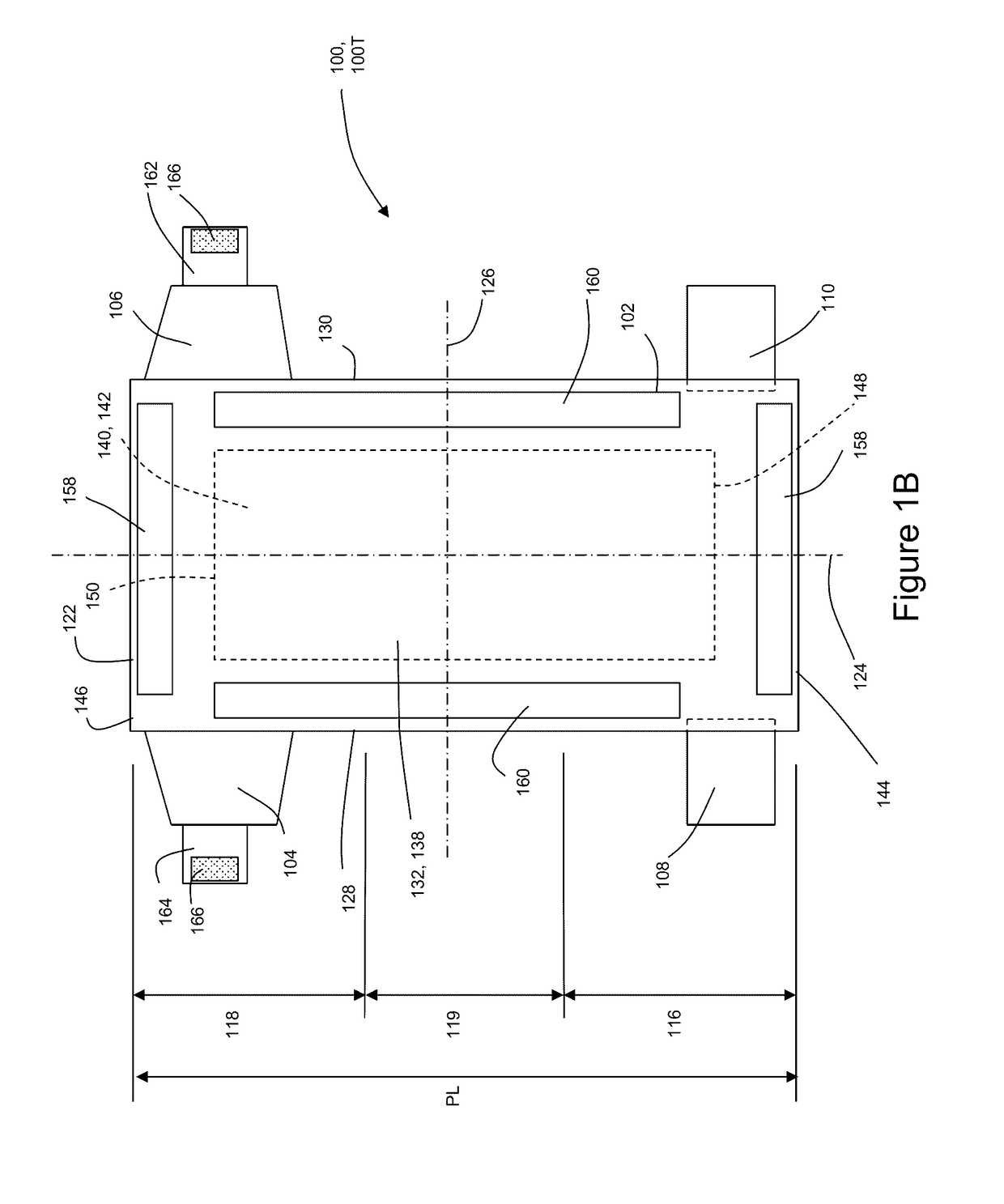Methods and Apparatuses for Registering Substrates in Absorbent Article Converting Lines
a technology of absorbent articles and substrates, applied in the direction of optical radiation measurement, instruments, spectrophotometry/monochromators, etc., can solve the problems of false registration mark detection, unsatisfactory limits design choices, and current registration mark detection methods that cannot accommodate other variations in manufacturing operations
- Summary
- Abstract
- Description
- Claims
- Application Information
AI Technical Summary
Benefits of technology
Problems solved by technology
Method used
Image
Examples
Embodiment Construction
[0032]The following term explanations may be useful in understanding the present disclosure:
[0033]“Absorbent article” is used herein to refer to consumer products whose primary function is to absorb and retain soils and wastes. “Diaper” is used herein to refer to an absorbent article generally worn by infants and incontinent persons about the lower torso. The term “disposable” is used herein to describe absorbent articles which generally are not intended to be laundered or otherwise restored or reused as an absorbent article (e.g., they are intended to be discarded after a single use and may also be configured to be recycled, composted or otherwise disposed of in an environmentally compatible manner).
[0034]The term “taped diaper” (also referred to as “open diaper”) refers to disposable absorbent articles having an initial front waist region and an initial back waist region that are not fastened, pre-fastened, or connected to each other as packaged, prior to being applied to the wear...
PUM
 Login to View More
Login to View More Abstract
Description
Claims
Application Information
 Login to View More
Login to View More - R&D
- Intellectual Property
- Life Sciences
- Materials
- Tech Scout
- Unparalleled Data Quality
- Higher Quality Content
- 60% Fewer Hallucinations
Browse by: Latest US Patents, China's latest patents, Technical Efficacy Thesaurus, Application Domain, Technology Topic, Popular Technical Reports.
© 2025 PatSnap. All rights reserved.Legal|Privacy policy|Modern Slavery Act Transparency Statement|Sitemap|About US| Contact US: help@patsnap.com



